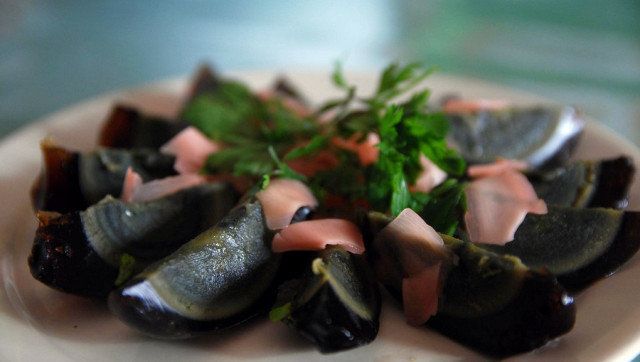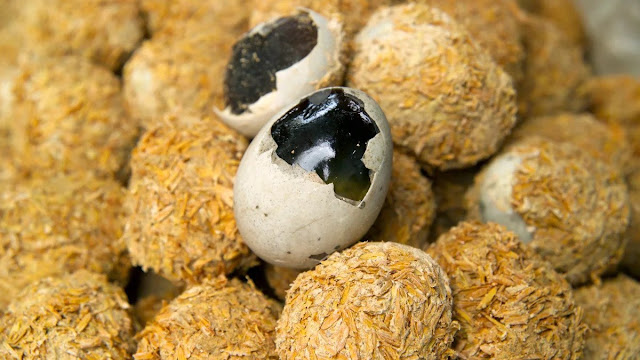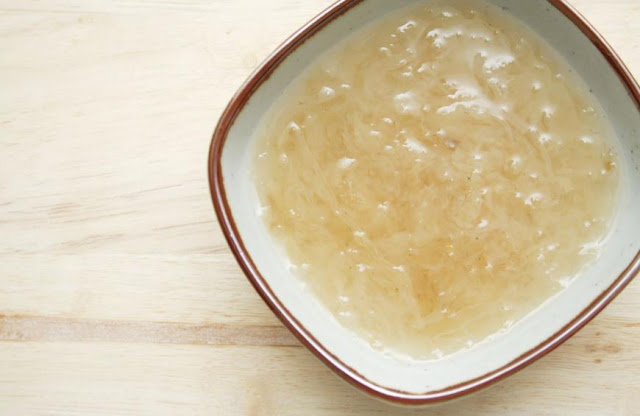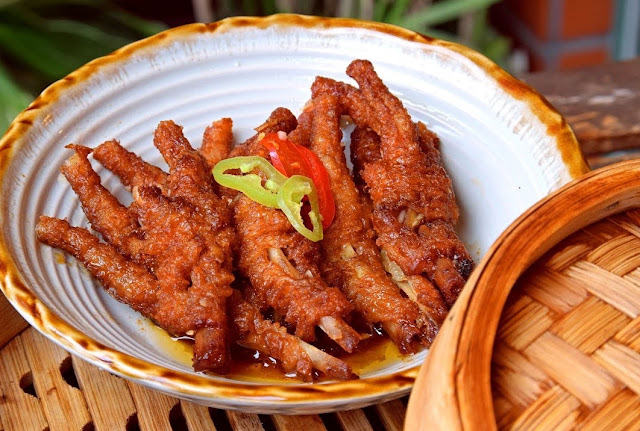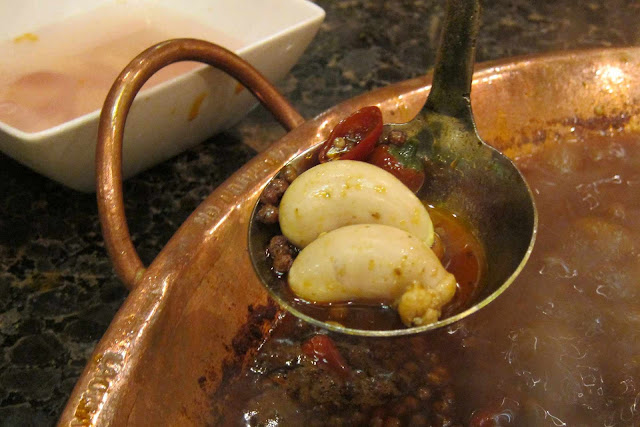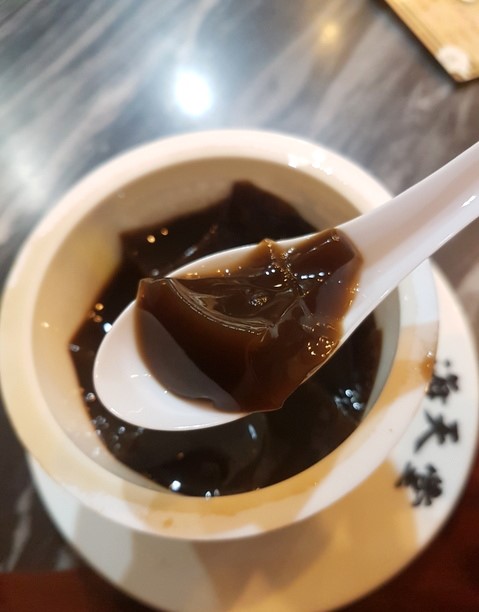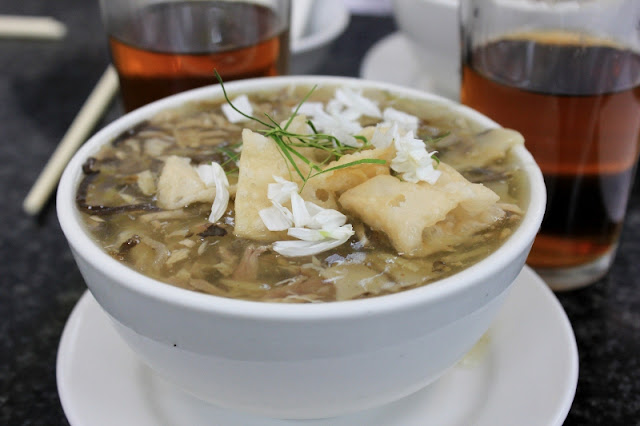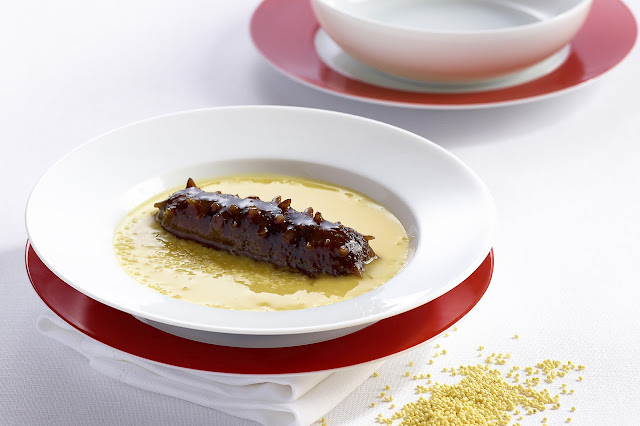Tabriz Bazaar
Due to its strategic location along the Silk Road, Tabriz has long been an important center of commerce. Its historic bazaar, which was added to the UNESCO inventory in 2010, is one of the oldest in the Middle East. The maze of red brick buildings with high ceilings and arches link different parts of the complex, but the most notable area is the rug bazaar. Between the vendors transporting stacks of rugs, sewing up loose ends, and talking business over tea, visitors can witness the modern-day trade of this centuries-old tradition.Khan Bazaar
Walking around Amir Chakhmagh Square in Yazd, you are sure to hear sounds of pounding hammers that will lead you inside the covered bazaar of coppersmiths. In this 9th century bazaar you will find craftsmen busily working with fire to make the copper sheets more malleable, while others design them with hammers. The vaulted alleys of brick mosaic tiles also lead to the gold and textile bazaars, where termeh, a traditional silk and cotton textile produced in this city, are sold.
Vakil Bazaar
Shiraz’s Vakil Bazaar is not only a fine example of Zand-era architecture, but it also sells everything under these vaulted brick ways and ceilings, from rugs to handicrafts to spices, all at fantastic prices. It is the perfect place to meander for a couple of hours, stock up on some souvenirs, or take a rest in the courtyard next to the pool under the shade of sweet-smelling orange trees.Ganjali Khan Bazaar
This bazaar is in the Ganjali Khan Complex in Kerman, where you can also find a famous bathhouse, coin museum, and Vakil teahouse. Four paths lead to charsouq, a crosspoint known for its ceiling frescoes and for being the best little nook to buy spices, namely cumin, for which Kerman is famous. Try some warm ghavoot, a powdered mix of various spices, nuts, and seeds, before moving on to the copper section where you will lay eyes on some of the biggest pots you have ever seen. Pateh, the city’s traditional handmade cloth made from wool and natural dyes, are also plentiful here.Esfahan Bazaar
Located in Naqshe-e Jahan Square in Esfahan, it is quite easy to spend an entire day here as you alternate between haggling in the bazaar and marveling at the sites. The Imperial Bazaar is not only one of the oldest in the region but also a living museum, and fantastic place to witness the making of handicrafts. Metal workers engrave decorative metal while artists lay fine pieces of wood and bone for khatamkari (marquetry) and paint miniatures with a single-haired brush. Elsewhere, textiles hand printed with wooden stamps are available, as is the city’s most famous sweet, gaz.
See more: Top best bakeries in Tehran, Iran
Source Internet






